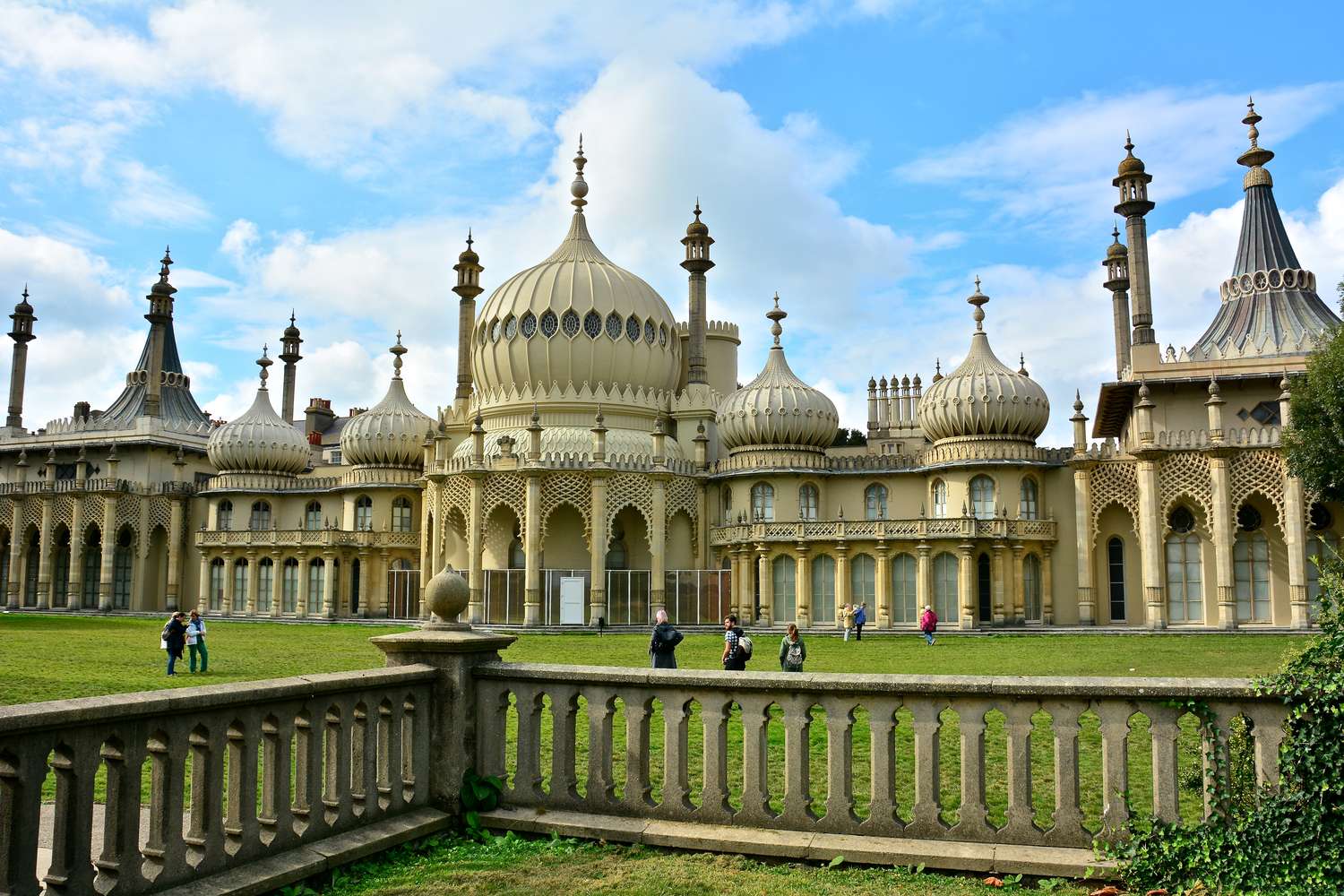Architecture and its relationship to orientalism
Twenty-one years after we entered the twenty-first century and the world has become more connected with the emergence of new technologies,
historical inequalities still run rampant.
These disparities manifest themselves in different ways, for example global travel,
although aircraft are available everywhere in the world nowadays,
it is still only widely accessible to citizens of “developed” countries due to prohibitive visa restrictions.
In architectural education, many institutions still give priority to central European curricula,
as the architecture of the non-Western population has been largely ignored.

Architecture and its relationship to orientalism
Orientalism is another continuation of biased disciplines,
and exploring this concept through an architectural lens is useful for interrogating contemporary design approaches and approaches to the future.
The term Orientalism emerged from the 1978 text by Edward Said of the same name by cultural critics.
In it he argued that the dominant European political ideology shaped the concept of the East in order to subdue it.
Said explained that the concept embodies a distinction between
“the East” and “the West” so that the West can control and authorize views of the East.
In short, it is a binary view, a system of representation in
which the cultures of the East are portrayed as primitive and uncivilized,
in contrast to the “progressive” and “civilized” Western cultures.

Architecture and its relationship to orientalism
This, in fact, justifies European and American imperialist projects – from the expropriation of resources from North Africa,
the Middle East and Asia to the exploitation of cultural heritage.
We can see examples of Orientalism more clearly in the designs of Europe during the nineteenth century.
In the midst of expanding European imperialism, industrial capitalism, and mass consumerism,
the cultural appropriation of Europe included a taste of ceramics, textiles, and fashion from the Middle East and Asia.
There were artistic trends such as (Japonisme) inspired by Japan, (Chinoiserie) inspired by China,
(Turquerie) inspired by Turkish, all of which aroused those cultures.
In the architectural realm, the 1867 Universal Exposition in Paris saw daring displays of Orientalism,
with designers Jacques Drévet and E. Schmitz commissioned to design the Egyptian section.
The result was a building that was to represent the Ottoman governor’s palace,
and a barn was attached to the structure – not a model of an Ottoman palace,
and the Egyptian section was a precursor to later exhibitions that randomly combined disparate architectural elements from other cultures.
In the United States, Orientalist aesthetics were in vogue in the nineteenth century as well, arguably on a smaller scale than in Europe.
Chicago has a large number of oriental-style buildings, the city’s “temple” being one example,
built in 1912 to accommodate the Chicago branch of the Shriners, a Masonic community.

The building’s onion dome, and the ornate brickwork on its façade,
is clearly intended to mimic the “oriental” architectural style,
with the exchange of oriental cultures by the building’s early owners.
Orientalism can transcend stylistic appropriation and manifest itself in patriarchal attitudes and imposition of ideas,
in this case faith in the efficacy of a global European approach to architecture.
Orientalism in architecture is a very complex and wide-ranging topic,
and as influences expand across cultures in an increasingly globalized world,
the definition of “Edward Said” will continue to be associated with this concept.


 العربية
العربية